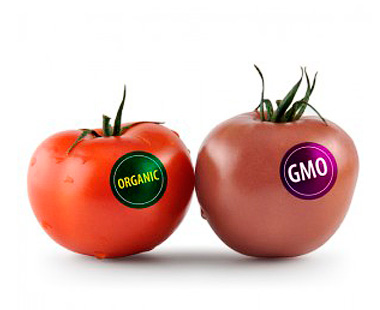
The tomato on the left is still OK, for some reason.
U.S. District Judge James Boasberg made what couldn’t have been a very tough call yesterday. Until an environmental analysis is done, no one can plant genetically modified crops in National Wildlife Refuges.
From the Associated Press:
A U.S. judge sided on Tuesday with environmental groups that challenged the planting of genetically-modified crops on National Wildlife Refuges in the South. …
“Plaintiffs allege harms that are currently occurring and will continue throughout 2012,” wrote Boasberg, an appointee of President Barack Obama. “Waiting for 2013 is not good enough.” He set a hearing for Nov. 5 to determine appropriate relief, but also encouraged both sides to meet to see if they could agree on at least some remedies.
In their lawsuit last year, the Center for Food Safety and two other groups argued that the Fish and Wildlife Service violated environmental laws in allowing genetically modified crops in the agency’s Southeast Region, which encompasses 10 states. The groups claimed the practice has harmful environmental impacts. The most common genetically-modified crops planted were corn and soybeans resistant to the herbicide Roundup. …
The environmental groups pursued two similar lawsuits in the state of Delaware, which blocked planting of genetically-engineered crops in two wildlife refuges and, ultimately, resulted in the Fish and Wildlife Service’s ending the practice in its 12-state Northeast Region.
Your opinion on GMOs aside, I have to ask: Why are people allowed to plant crops in wildlife refuges at all? I know farmland isn’t cheap, but it seems like driving tractors and harvesters around might make an area a bit less hospitable to wild animals. It’s like building a retirement home and then allowing fracking in the basement.
Anyway, the good news is that at least the animals won’t be eating GMO corn. At least until the Fish and Wildlife Service completes its environmental analysis, which I would hope would also include a look at what happens to protected birds when they are caught in a thresher.
(Full disclosure: I don’t know very much about farming.)



